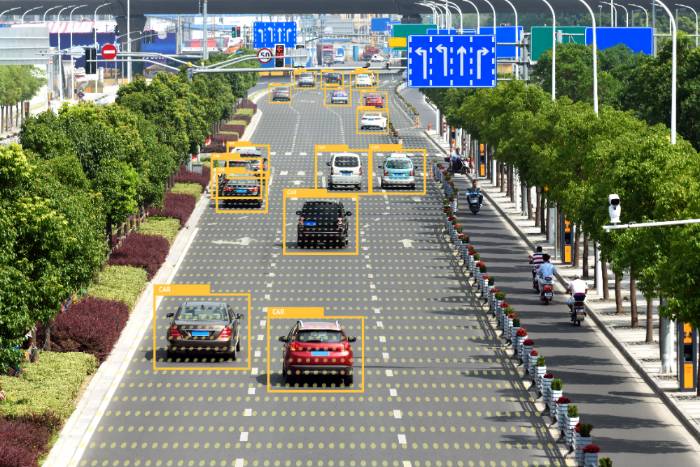No Traffic Lights, No Traffic Jams: LSU CS Professor Collaborates With Fujitsu on Autonomous Vehicles
November 9, 2020
 BATON ROUGE, LA – It’s estimated that traffic jams cost the United States $87 billion
in lost productivity each year. Drivers in large cities, such as Boston, lose 164
hours a year dealing with slow-moving traffic. Imagine what one could do with that
time. Thankfully, autonomous vehicles (AVs), or self-driving cars, are in the near
future and will save people time while traveling and bring them to their destination
safely.
BATON ROUGE, LA – It’s estimated that traffic jams cost the United States $87 billion
in lost productivity each year. Drivers in large cities, such as Boston, lose 164
hours a year dealing with slow-moving traffic. Imagine what one could do with that
time. Thankfully, autonomous vehicles (AVs), or self-driving cars, are in the near
future and will save people time while traveling and bring them to their destination
safely.
LSU Computer Science and Engineering Associate Professor Qingyang Wang is working with a multinational information technology company to bring this driving concept closer to fruition.
For the past four years, LSU has collaborated with IT company Fujitsu Laboratories Ltd., along with Georgia Tech, to conduct large-scale experiments to study the performance of state-of-the-art data streaming services with real-time requirements. Automobile manufacturing companies reached out to Fujitsu, who then reached out to LSU, to look specifically at performance instabilities such as the latency long-tail problem with respect to the software system bottlenecks and their impact on the stability of latency and throughput. What this means for AVs is incredibly important.
Imagine having just one AV on the road. Someone can tell it where to go, but they can’t control what other cars on the road will do. The same problem would exist even if every car were an AV because they would all run on their own operating system with no knowledge of what other AVs are going to do. Wang and his team see a solution to this problem.
“With Fujitsu, we want to have centralized control,” he said. “All the cars send their data to a centralized system in real time. The system can coordinate the operation of all cars. This will solve the coordination problem.”
Wang proposes using a 5G network so real-time delays are minimal.
“A few milliseconds are not a big delay,” he said. “Even if we have a very small delay, the system can still handle it and adjust the distance.”
Wang and his fellow researchers are already doing simulations with 10,000 cars in a virtual Tokyo metropolitan area. The cars report their status every second to the centralized system, and they are able to respond to the cars in 20 milliseconds to make sure the cars get real-time instructions on how to behave.
“Our goal is to make sure this message can be processed even better,” Wang said. “The car accident rate can decrease dramatically with this automated driving system. You wouldn’t need traffic lights if you can control the movement of every car, so that means no traffic jams.”
More free time, safer roads, and perhaps cheaper car insurance—what a wonderful world it would be.
Like us on Facebook (@lsuengineering) or follow us on Twitter and Instagram (@lsuengineering).
###
Contact: Libby Haydel
Communications Specialist